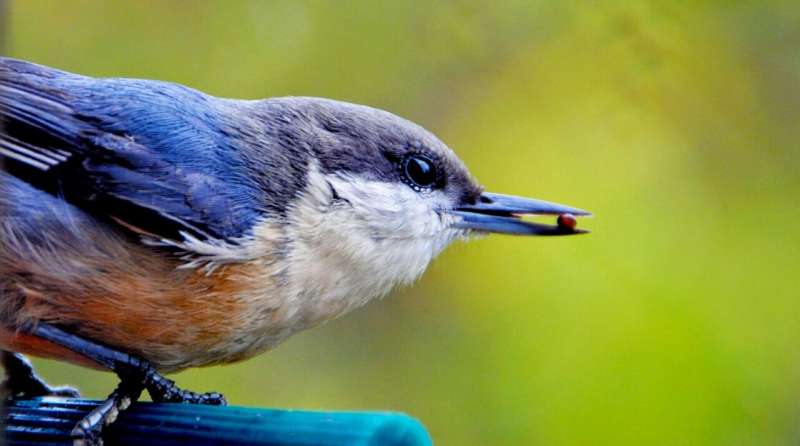A team of ecologists has discovered that approximately one-third of plant species in Europe are under threat of population reduction due to the declining numbers of seed dispersers. This alarming finding highlights the intricate web of interdependence between plants and their animal partners, and the urgent need to address this ecological crisis. Seed dispersal is a crucial process that allows plants to thrive and expand their range, but the decline of key disperser species, such as birds, mammals, reptiles, and insects, is putting the future of many European plant species at risk.

Unraveling the European Seed Dispersal Network
The research team, comprising ecologists from the University of Coimbra, Aarhus University, and the University of Bristol, conducted an extensive study to map the intricate connections between plants and their animal dispersers in Europe. They compiled a comprehensive database of 592 plant species native to Europe that have evolved in tandem with 398 animal species known to disperse their seeds.
Using this data, the researchers created a detailed European-wide seed dispersal network, revealing the complex web of interactions between plants and their dispersers. This invaluable information allowed them to understand the potential impact that declining disperser populations could have on plant species across the continent.
The team’s analysis revealed a concerning trend: approximately one-third of the identified disperser species were classified as threatened or dwindling. This alarming discovery led the researchers to conclude that a similar proportion of plant species in Europe may also be at risk of declining or disappearing altogether.
The Cascading Consequences of Losing Seed Dispersers
The implications of declining seed disperser populations are far-reaching and multifaceted. As these crucial animal partners become scarce, the ability of plants to colonize new areas, reduce competition, and expand their range is severely compromised.
Without the aid of dispersers, many plant species may struggle to regenerate and maintain healthy populations. This could lead to a cascading effect, where the loss of plant diversity and ecosystem stability threatens the very survival of the animals that depend on them.
The researchers emphasize the need to investigate the specific changes already taking place in European ecosystems as a result of diminishing disperser numbers. By understanding the nuances of these interactions, they hope to identify targeted conservation strategies to address this burgeoning crisis.
Moreover, the team recognizes the importance of expanding their research to explore the impacts on rare plant and disperser species, as well as investigating the global implications of this phenomenon beyond the European continent.
A comprehensive understanding of the plant-disperser dynamics is crucial for developing effective conservation measures and ensuring the long-term resilience of European ecosystems.
Safeguarding the Delicate Balance: Implications and Future Directions
The findings of this study underscore the fragility of the delicate balance that underpins the rich tapestry of European biodiversity. As seed dispersers continue to decline, the threat to plant species grows ever more pressing, with potentially far-reaching consequences for the entire ecosystem.
Restoring and maintaining healthy populations of seed dispersers is a critical step in safeguarding the future of European plant diversity. This may require a multifaceted approach, including habitat conservation, targeted species management, and addressing the underlying drivers of disperser decline, such as habitat fragmentation, climate change, and human-induced pressures.
By prioritizing research and conservation efforts in this area, scientists and policymakers can work together to develop holistic solutions that protect the intricate web of life that sustains our natural world. Investing in the preservation of these vital ecological relationships is not only a moral imperative but also a crucial investment in the long-term resilience and prosperity of our shared environment.
